Happy Sunday friends! Today, I wanted to hop on and share with you a teacher truth that I have been thinking about for a while. I’ve been to college twice now for both my bachelor’s and master’s, and not one time did I learn about guided reading. Well…I guess that’s not ENTIRELY true. I learned about the IMPORTANCE of guided reading but never HOW to actually do it. When I did my student teaching the school I was at didn’t do guided reading. Then I got hired at my school. WHOA. These kiddos HAVE to have guided reading. It’s a must because of their demographics, and the fact that most of them are English language learners. So, my first year of teaching I had absolutely no idea what I was doing, basically I was just reading with the kids in groups. Luckily, my mom works at my school and my mom is an AH-MAZING reading teacher and she helped me out A LOT!!!
Fast forward…eight years later, I finally feel like I know what I’m doing in the guided reading department. Do any of you feel that way? You had no idea but then learned? Maybe you still have no idea? I feel you. I’ve been there.
Today, I want to share with you what I do, with the hope that if you are in the “I have no idea” boat, it will give you an oar and help you get into the “I’ve got it down” boat. 🙂

So, let’s start with the resource. I’ve used books in our book room and have been on Reading A-Z to get all of my resources. It’s time consuming and once I find the book, then I have to pull out all of the other things I need to go with it such as sight word cards, vocabulary cards, the retell pages, etc. It was a totally effective way to get resources BUT very time consuming! We wanted something easier. This is why we created our Guided Reading packs. We wanted EVERYTHING right there. Done. Run a couple of copies and we are ready to go. We took all the steps that we do in every guided reading group and put them altogether, sequentially and by level. I still plan out all my groups. I track the kiddos focuses of instruction and set the goal for the group, but now I’ve got the bank of resources that I need at my fingertips.
I have master copies of direction pages, laminated, as a reference. Sometimes I need a little refresher, a quick reminder, and having these pages handy, helps me. They list the stories, strategies and activity ideas.
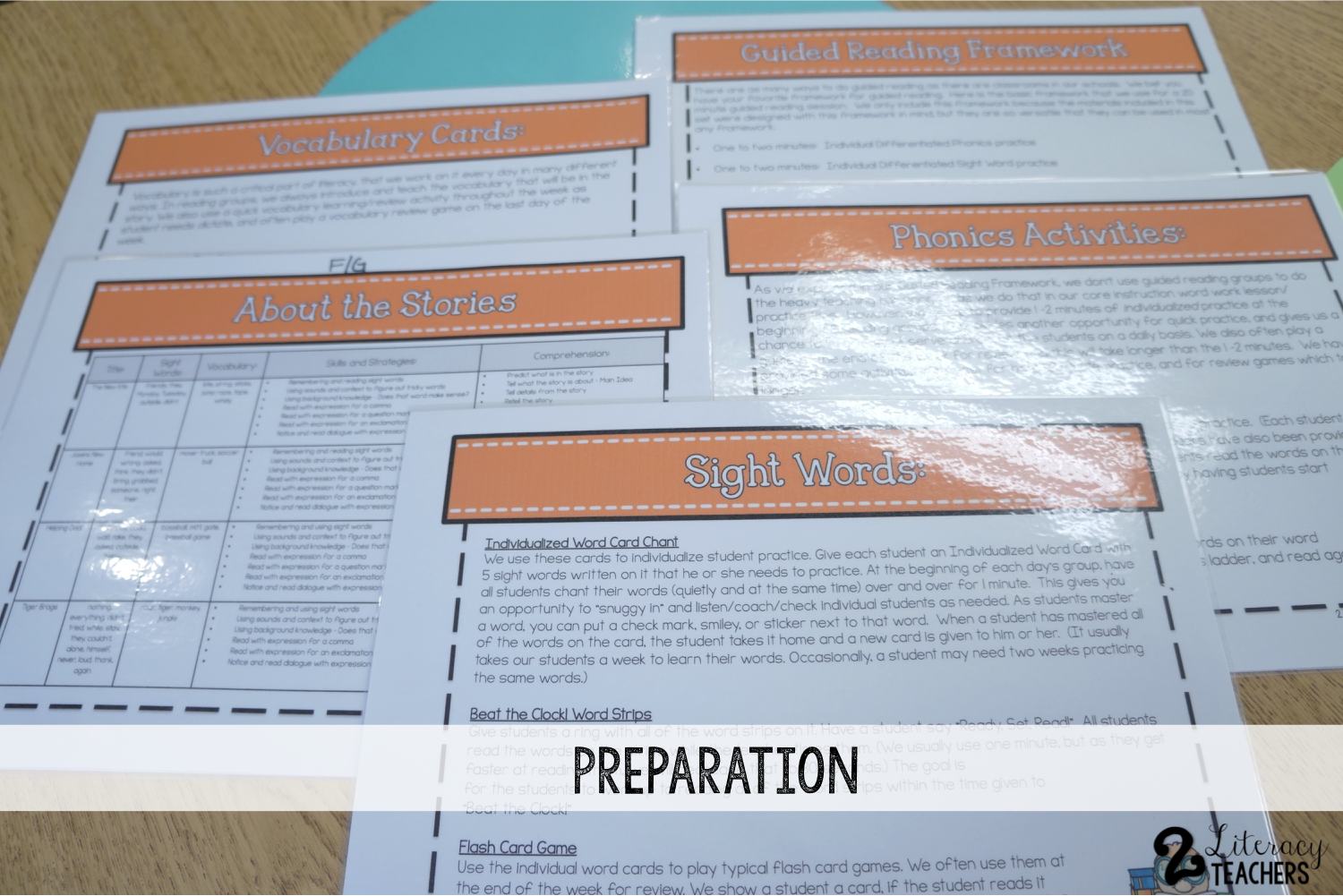
Once I’m planned, I’m ready for the actual group. Each of my groups is 20 minutes long. I try to meet with each group every day. Sometimes, depending on the make-up of the class, that can be tricky. If I need to, I will rotate my highest group. I will see the highest on Tuesday/Thursday and my next highest on Monday/Wednesday/Friday. I see the rest of my groups every day without fail.
For the first 2-3 minutes of every group we practice our sight words. We use the Fry word list and each kiddo is working on words that they are struggling with. They get 5 words at a time. When they can read them correctly to me for three days in a row they get a new set.

Once we have finished our individualized sight word practice, we move on to phonics skills. This is based on their needs as a group. Even if a kiddo has a certain word chunk down, but others need it, we still practice it. The phonics in these sets are matched with the skills needed at each of the reading levels. This helps student to learn and become strong in phonics sequentially, as they move up through the reading levels. There are many activities that we can use to practice the phonics. I always start with practicing the sound and spelling.
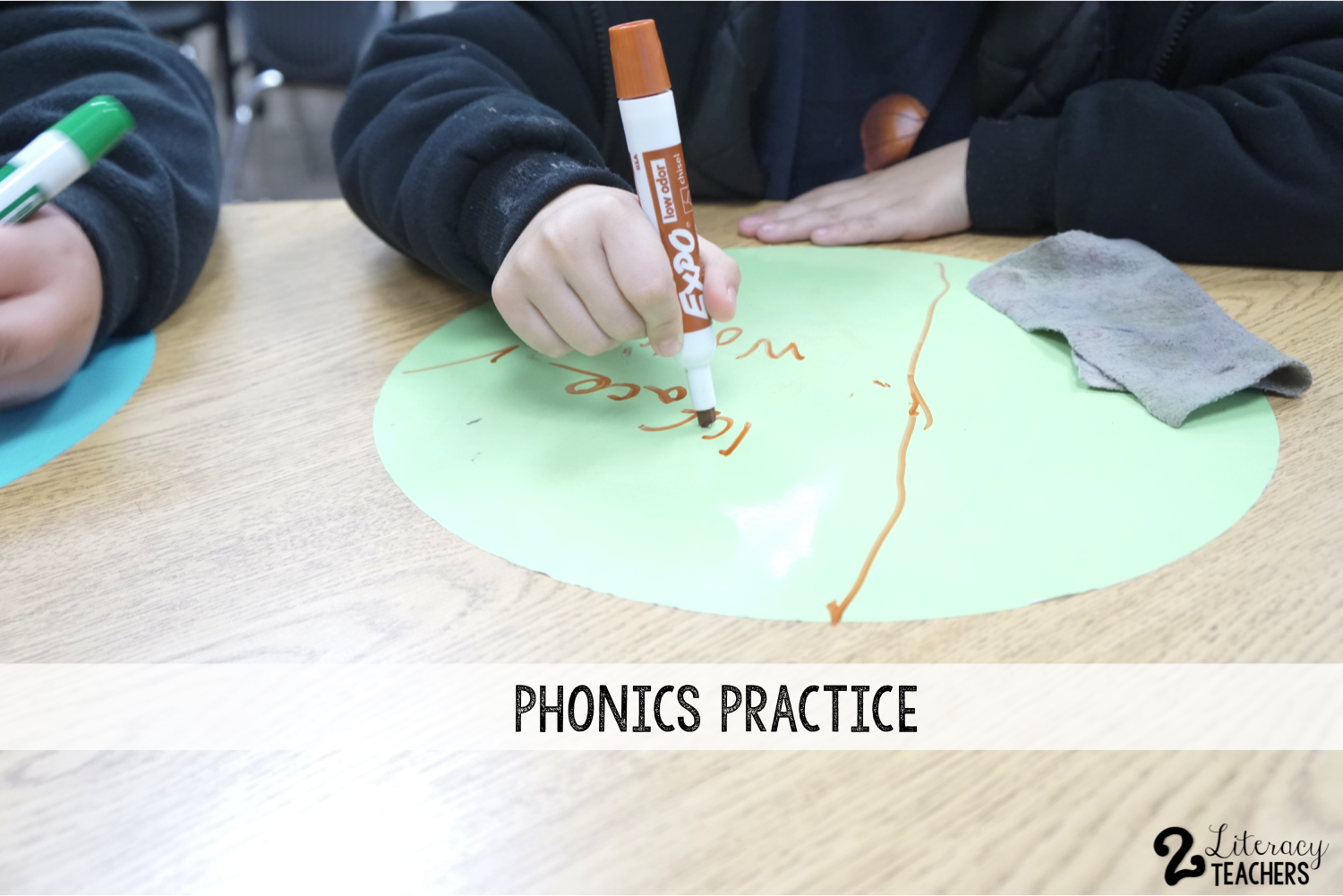
Then we move onto different activities. Our favorite is word whack! I like to mix it up so that the kiddos stay involved. By having different options ready to go, it is also easy for me to switch it up if we are having one of THOSE days where they need a little more action.

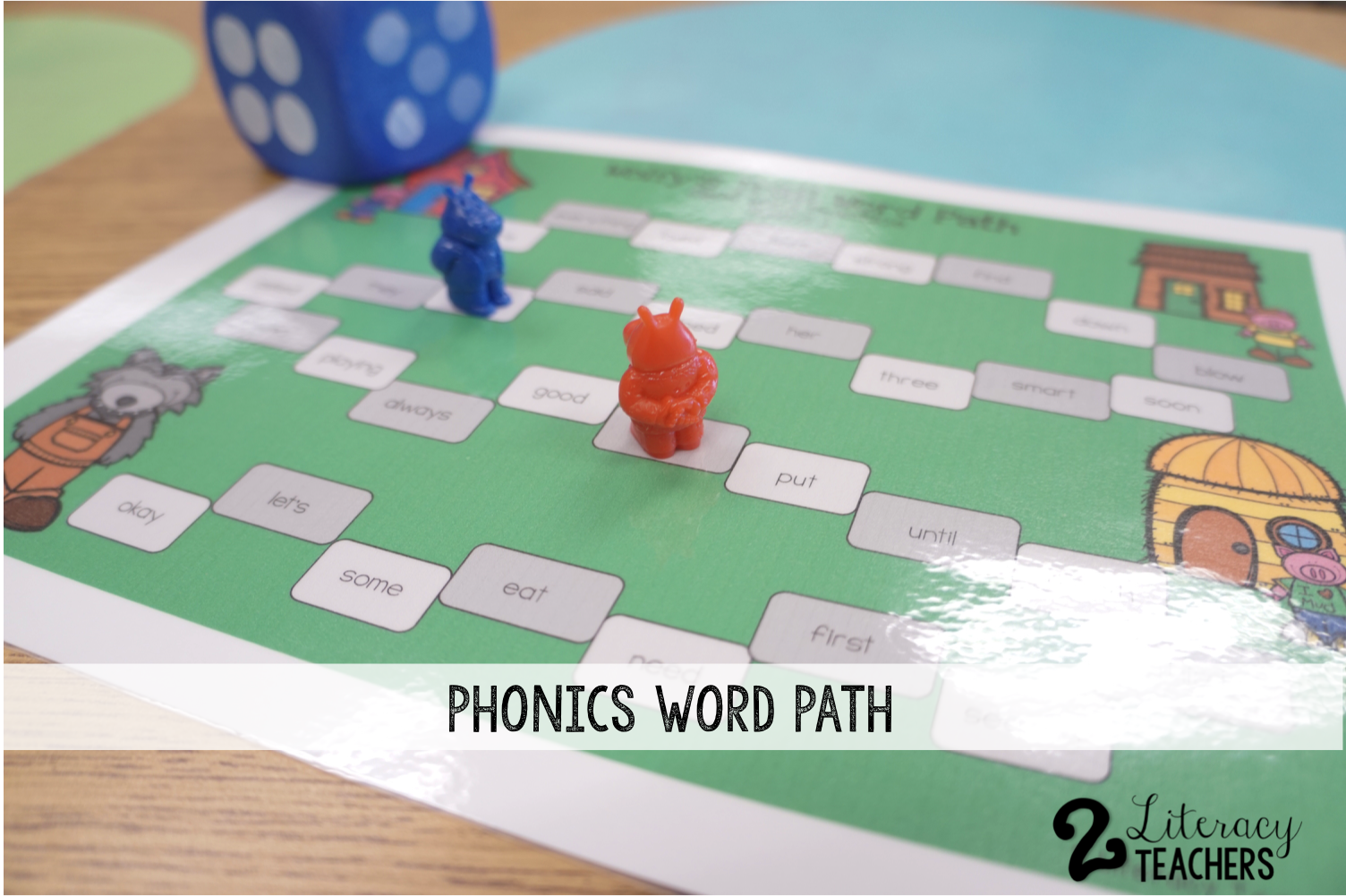
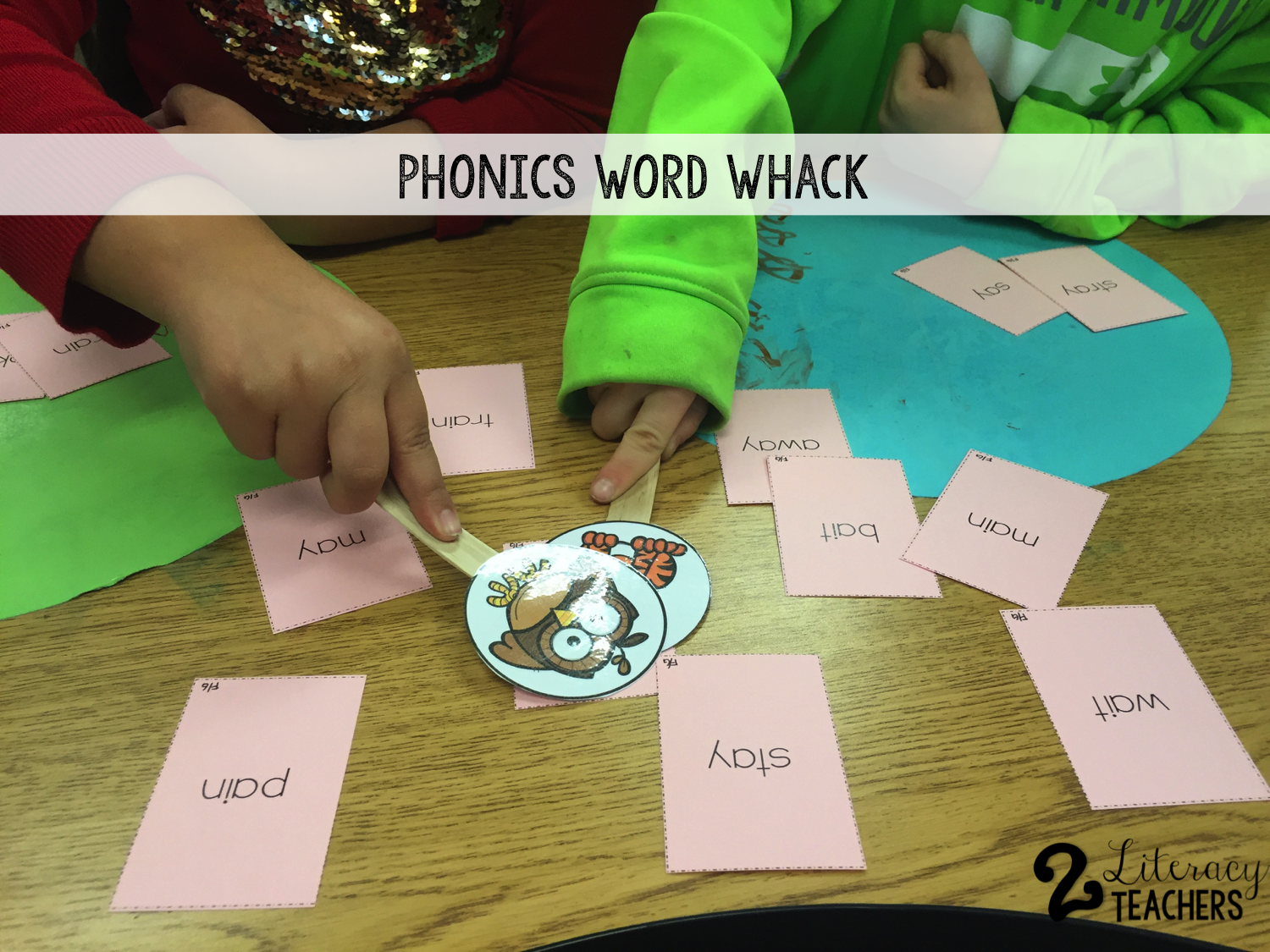
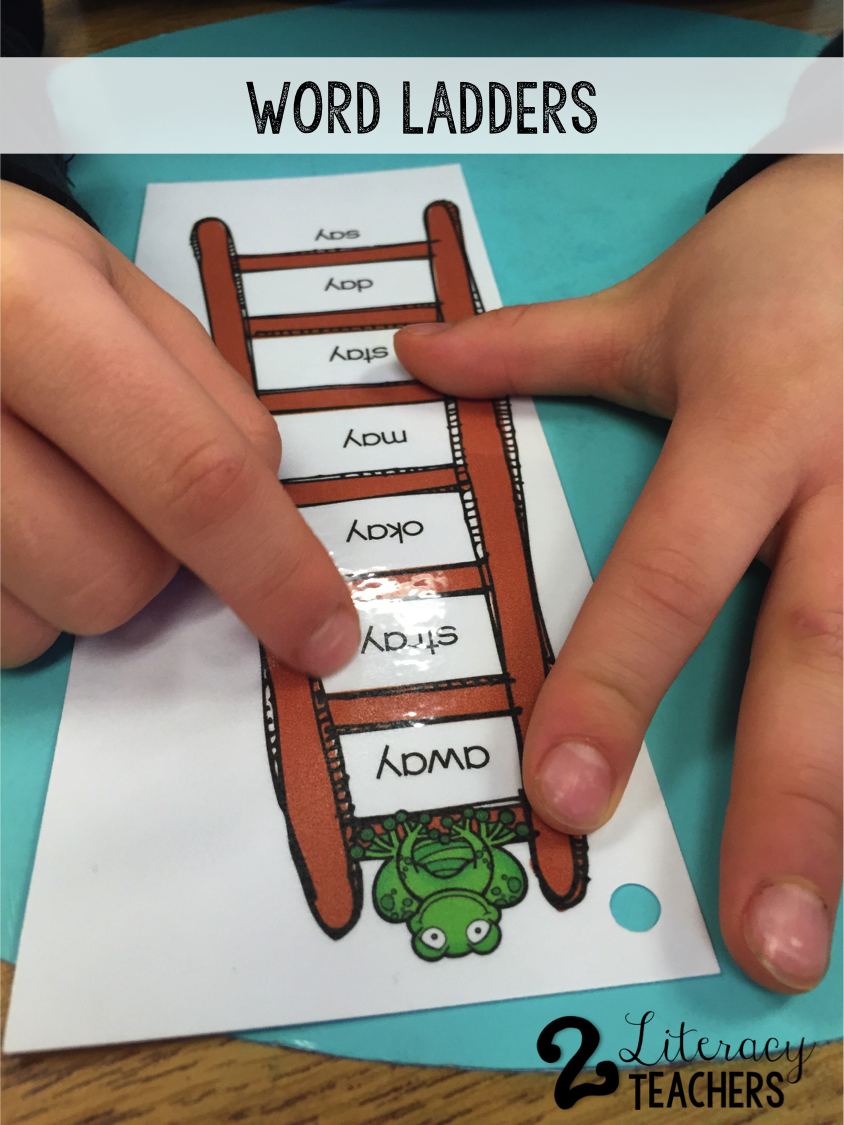
Generally we work on phonics for about 8-10 minutes. This gives them some good, solid phonics practice.
Then we move onto working on the passage that we are focusing on that week. We practice both passage specific sight words and vocabulary. For additional sight word practice, we have a variety of activities that we can do, but their most favorite is a speed read!
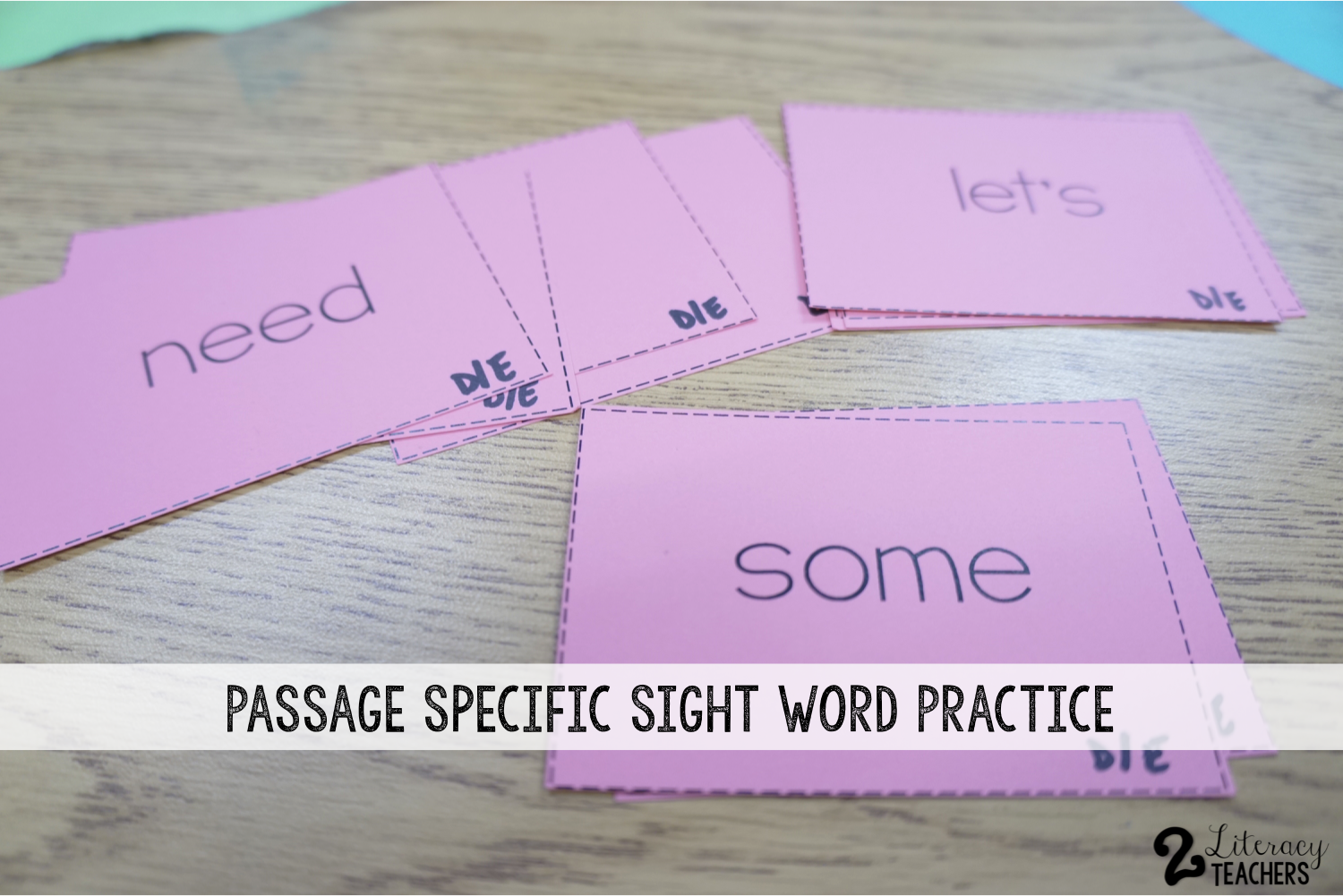
Sight word fluency strips are another fun way to practice. The kiddos time each other for a minute to see how many of the words they can read.
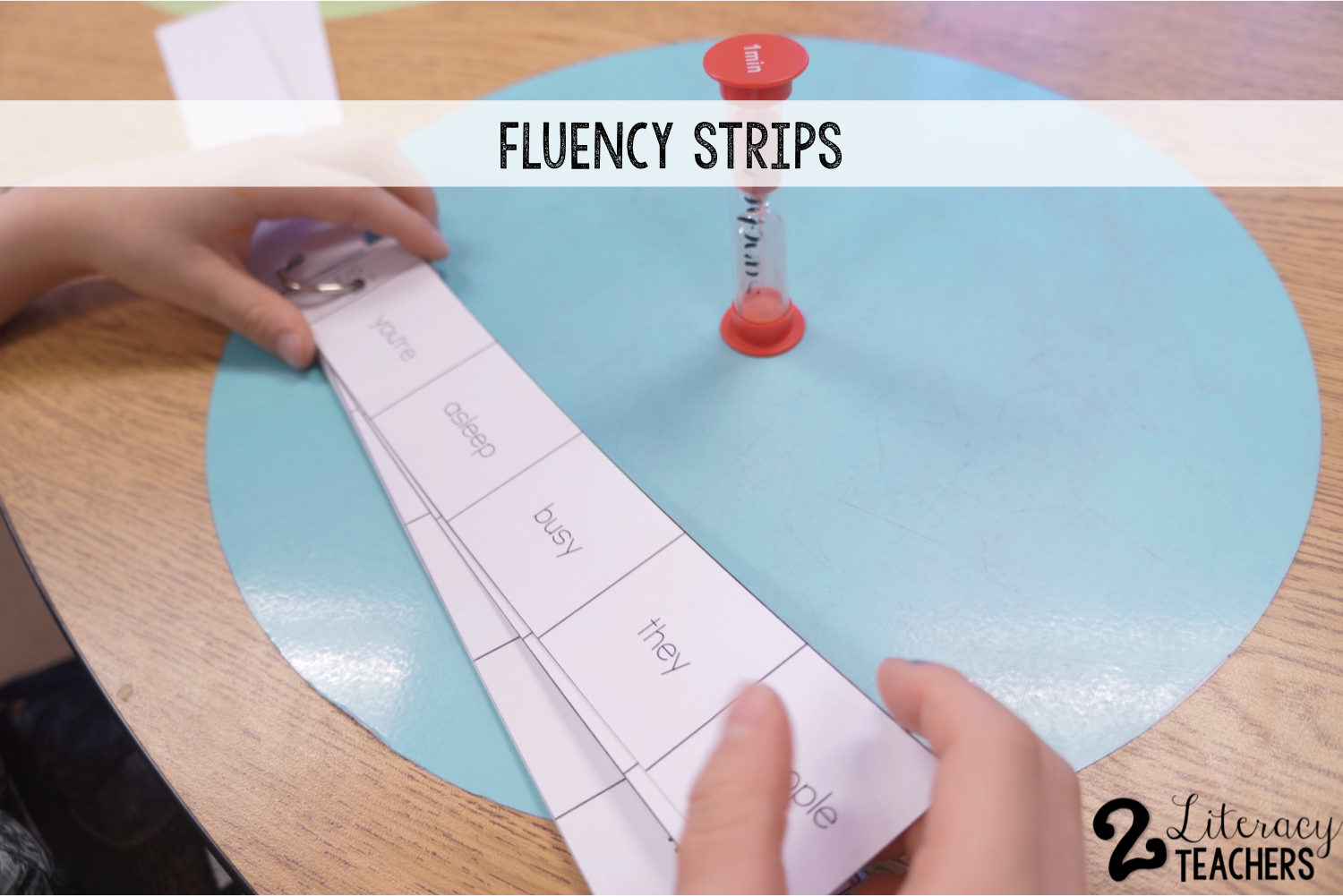
To practice the vocabulary words, we mix up our practice. Some days they will have to match the definition to the picture, some days I will read the word and they have to tell me the definition. Some days they have to use the vocabulary word in a complete sentence or sentences.
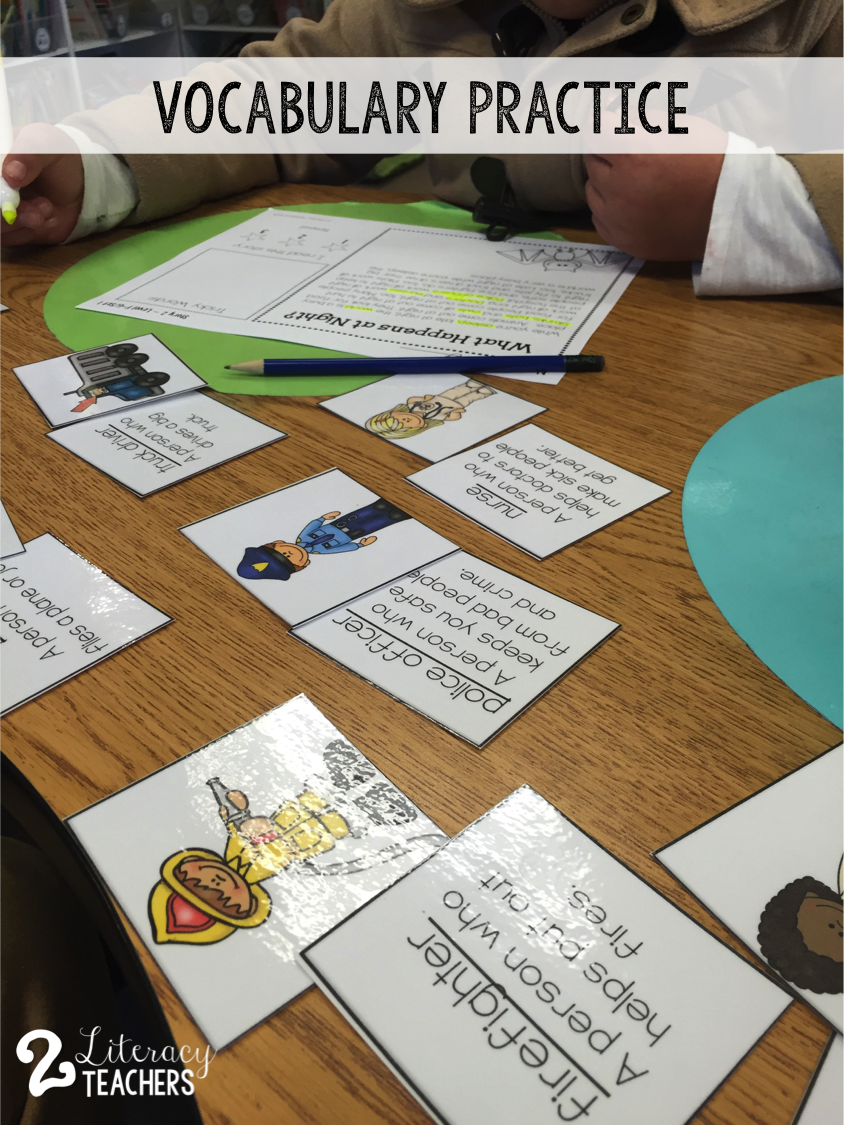
I try to keep this sight word and vocabulary time to around 3-4 minutes. This gives us a longer time to work on the passage.
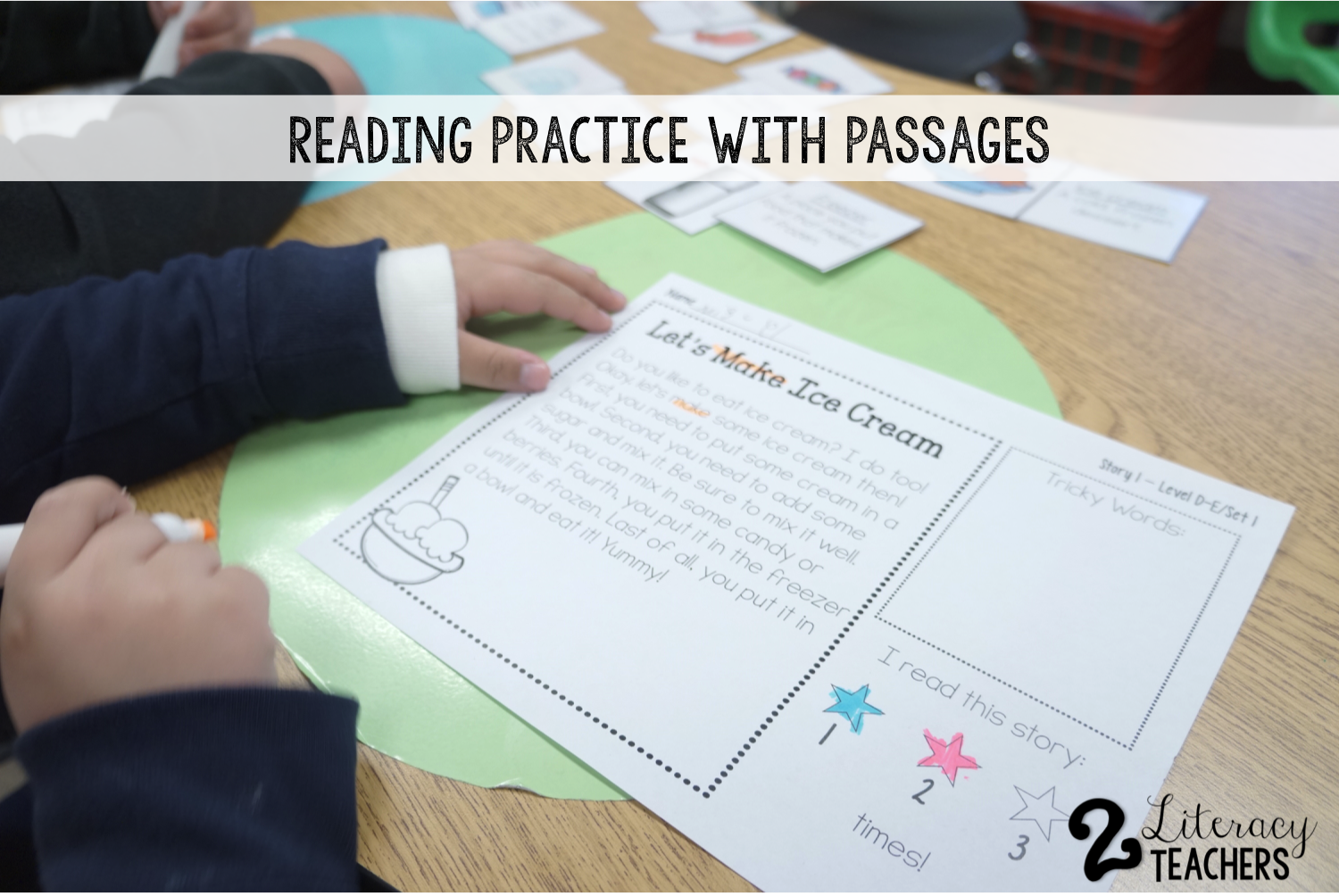
We do a lot of work with these passages. We highlight vocabulary words, practice our reading fluency and work on our comprehension. The thing that I love the most is the fact that the reading is not overwhelming. These passages are long enough to have enough meaty content to practice things like retell, but they aren’t too overwhelming. We also spend about a week on each passage. This way we can get repeated exposure to the vocabulary and sight words. We can also hone in on each kiddo’s focus of instruction.
At the end of the week, I let the kiddos take their passage home. That way they can read them successfully to whomever is at home with them.
Friday is when I do assessments. Depending on the size of the group, I will either pull the whole group and assess while the other kiddos are focused on a task, or I will pull the kiddos one at a time during their group time. I do a running record while they read. This way I can track their errors, assess their comprehension and determine areas that we still need to work on.
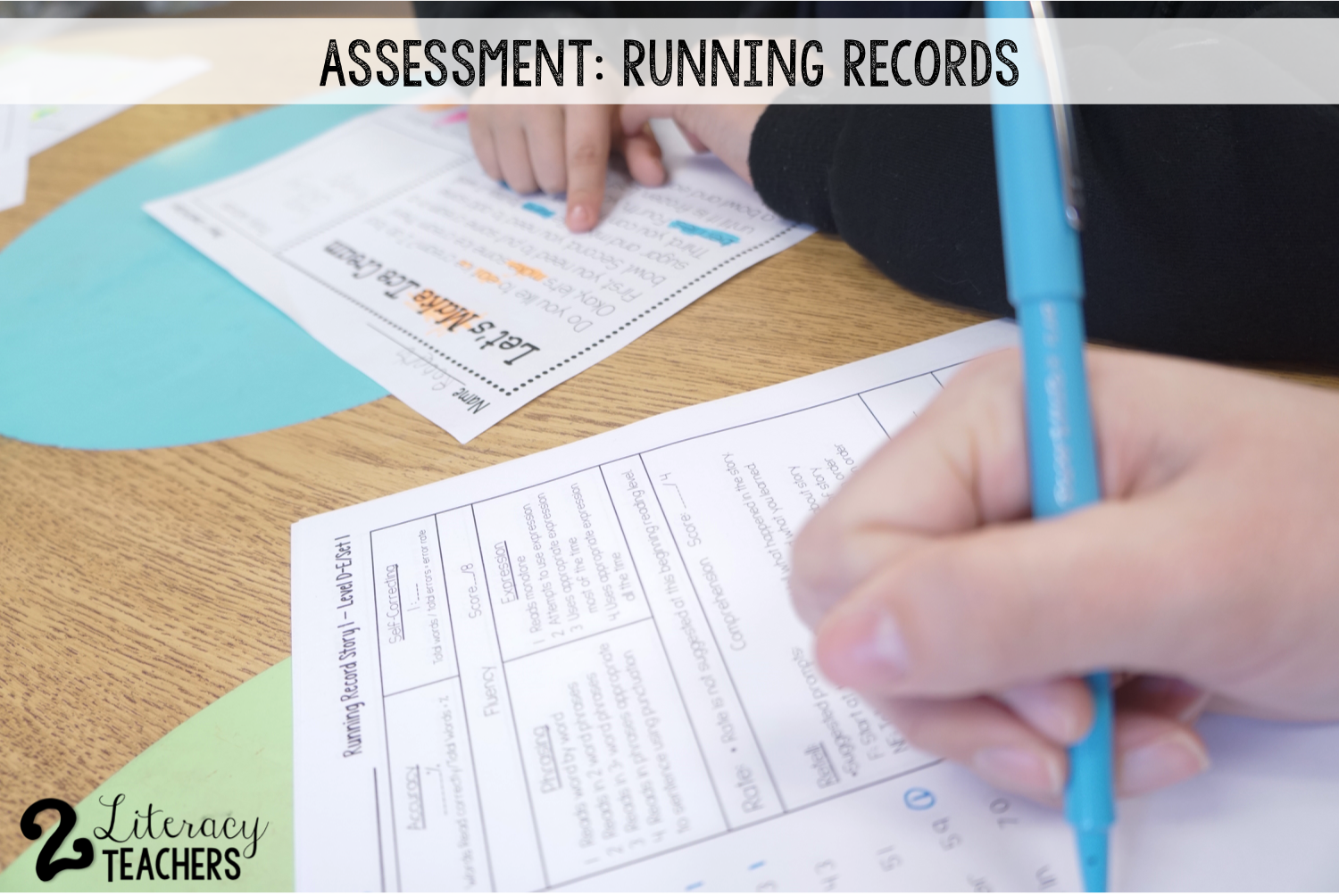
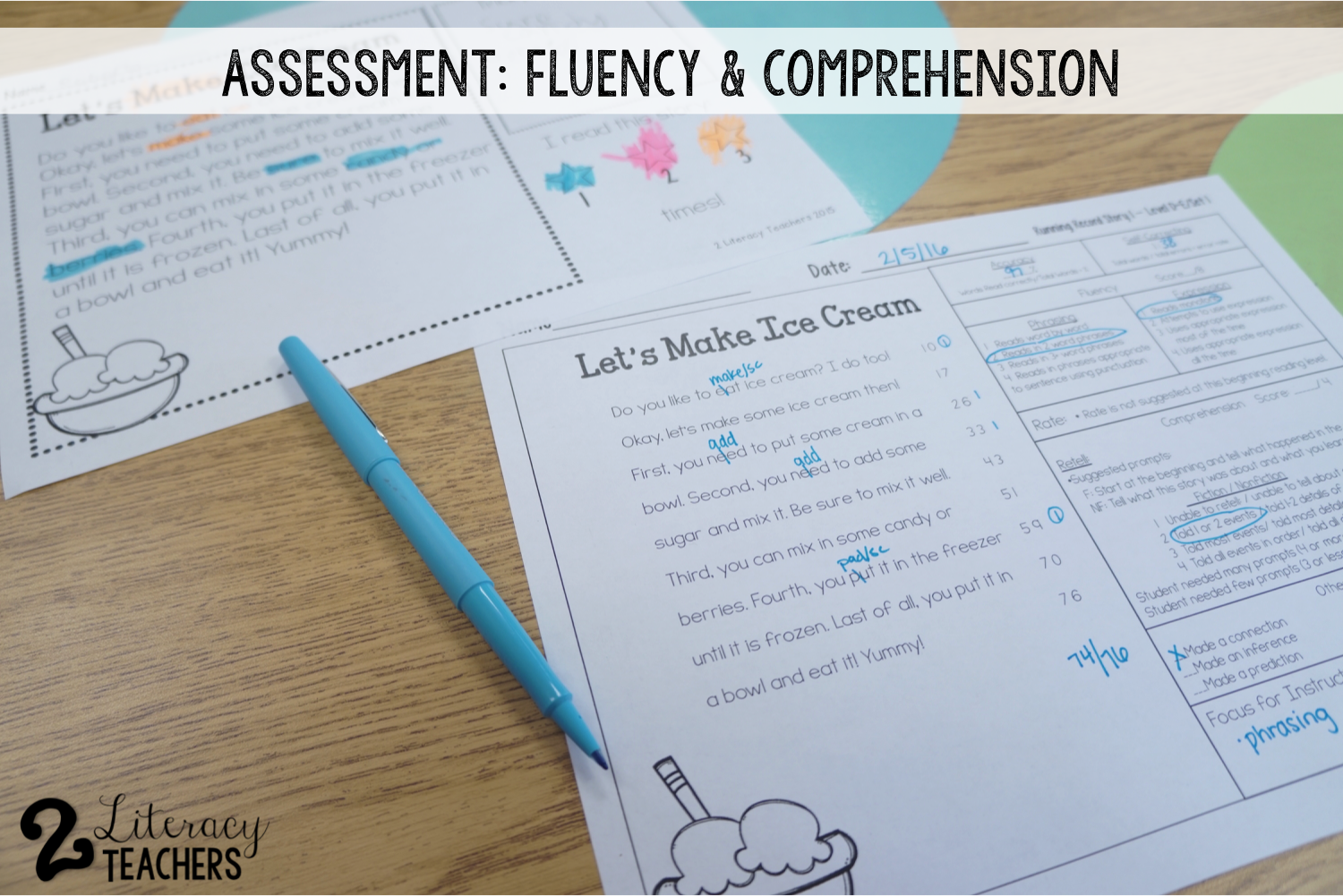
Each set has 8 sequential passages. To track all of the kiddos progress, I use a running record tracking page as well as a sight words and phonics check off sheet.
The assessment portion is really important. I know that we are all swimming in data and information, but for me to be really effective, I NEED to make sure they are making growth. I also want to be extremely targeted on the focus for each student. Otherwise, I am wasting valuable time to help the kiddos make the most progress that they can.
Guided reading can be really overwhelming, but I have found that following the same format for each group, as a general guideline, is very effective for the kiddos. The repetition and targeted practice of phonics and sight words really helps them to make strong progress. Generally, I align the comprehension focus with what we are learning in class at the time, to give them some extra reinforcement and teaching with the skill.
If you are looking for resources to run effective and sequential guided reading groups, please check out our Guided Reading Packs. They are bundled for savings. The bundles are A-C and D-I. However, we also have them listed individually if you are wanting to target one specific group.
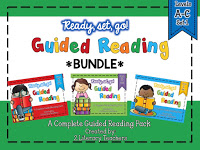
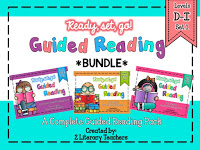
I hope that this helps you feel more confident when teaching your guided reading groups. They are so important to the success of your kiddos, and it is such a valuable chunk of time to help them become stronger readers.
Hopefully you are all having a restful and relaxing Sunday:)

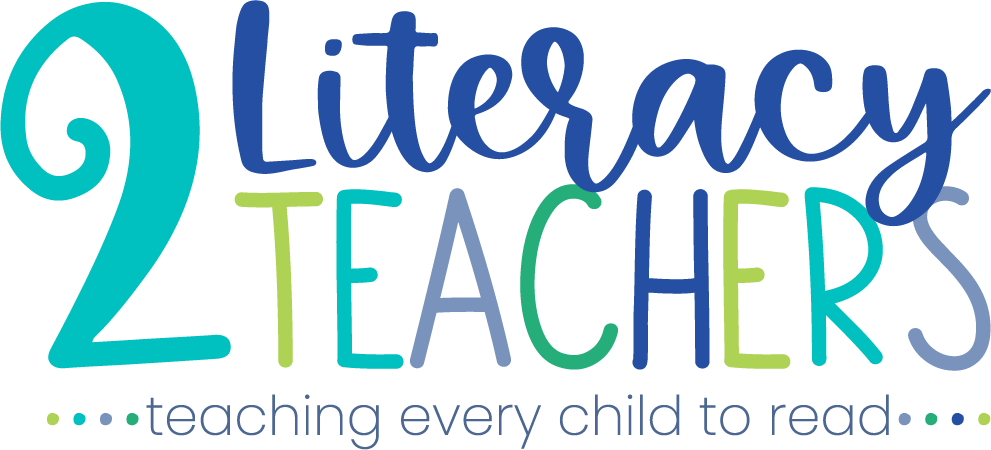
Author
Do you make these for higher levels too? My grade twos are all starting the year at level 23 or N (PM Benchmarks) or Q (Reading A -Z). Even though they are starting where they need to be at the end of the year, I'd like to encourage further growth.
Author
Yes we do plan on that. This year we will be adding levels to our themed leveled passages sets and to our guided reading sets. We will try to finish them as quickly as possible. We know there is a need for them because Lindsey (half of our duo) teaches second and she needs them for herself and her team, too! 🙂 Thanks so much for connecting with us. So glad you like our products.
Author
Any chance you will be making them for 3rd grade? This is a fantastic guide for us teachers!